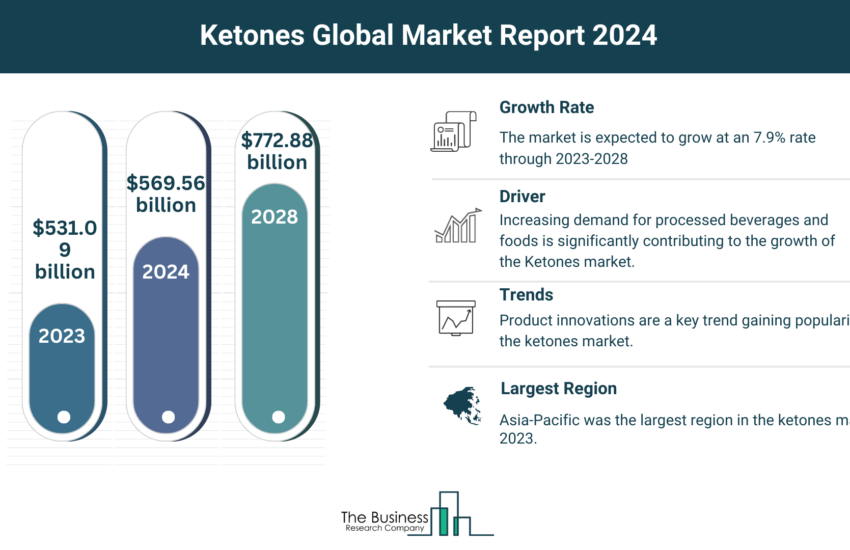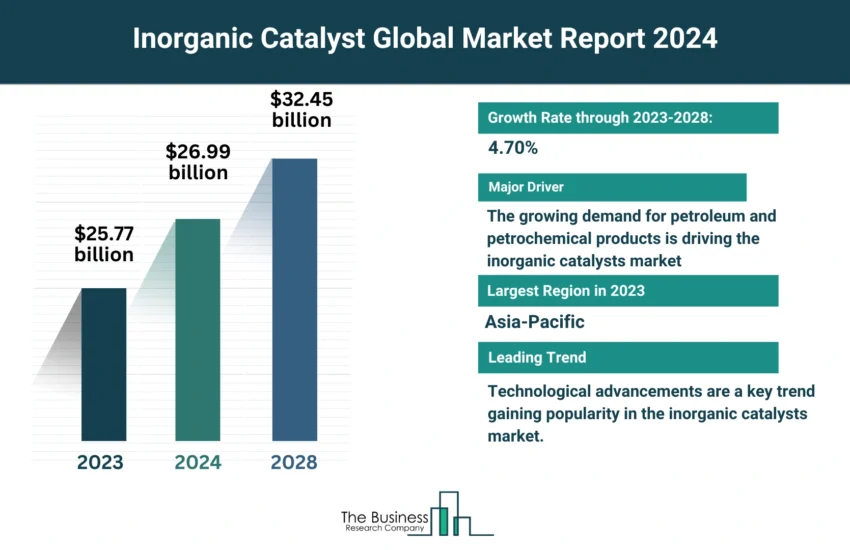Despite Their Small Market Share In 2018, The Middle East And Africa Will Grow The Fastest In The Global Industrial Gas Market To 2022
The Middle East and Africa were the smallest regions in the global industrial gas market in 2018, together accounting for around 6.7% of the total share. The Middle East’s industrial gas market was valued at $3.5 billion and Africa was valued at $3 billion. Countries in the Middle East are diverse and are at different stages of economic development. The economies of most countries in the region are highly reliant on oil production. Currently, most Middle Eastern countries are focusing on generating revenues beyond the oil industry. In Africa, the industrial gas market growth was affected by political instability, global crises, economic uncertainty, and challenges faced by the manufactures in the region.

Despite the small market size, the Middle East and Africa are forecast to register the highest annual growth rates in the industrial gas market through 2022, at 10.9% and 9.8% respectively.
In the Middle East, the demand for industrial gas is increasing due to demand from the refining, manufacturing and metallurgy sectors, which was a result of increased investments and new infrastructure. The healthcare sector is also driving the demand for industrial gas in this region. For instance, the UAE is becoming a new hub for medical tourism. Major areas where there are significant opportunities for industrial gas companies include oil and gas companies, and the healthcare and food processing industries. Opportunities also exist in the water treatment and pharmaceuticals industries. These industries drive the demand for industrial gases such as carbon dioxide, nitrogen, oxygen and hydrogen. It is also easier to produce industrial gases in this region due to the availability of oil and gas feedstock. The Kingdom of Saudi Arabia holds the largest share of the industrial gas business in the Middle East and it is expected to increase going forward with increasing investments.
Africa is a developing continent and a significant potential for expansion is anticipated from industries such as construction (dam and bridge), power generation and oil, which will drive the demand for industrial gases in the future. The production of CO2 is a large business, especially in Kenya and Tanzania, because of the boost from the region’s beverage industry.
The global food and beverage industry is increasingly utilizing food-grade industrial gases to keep food products safe and fresh. Food-grade gases are high purity gases complying with food-grade standards. Food-grade industrial gases include nitrogen, oxygen, and carbon dioxide, which are used to chill, freeze and package a variety of food products such as dairy and frozen products, beverages, fruits and vegetables, meat, fish, seafood, convenience food, bakery and confectionery. The demand from health-conscious consumers for fewer additives, safer and fresher food products also increases the demand for industrial gases, which can sometimes be used in place of chemical ingredients.



